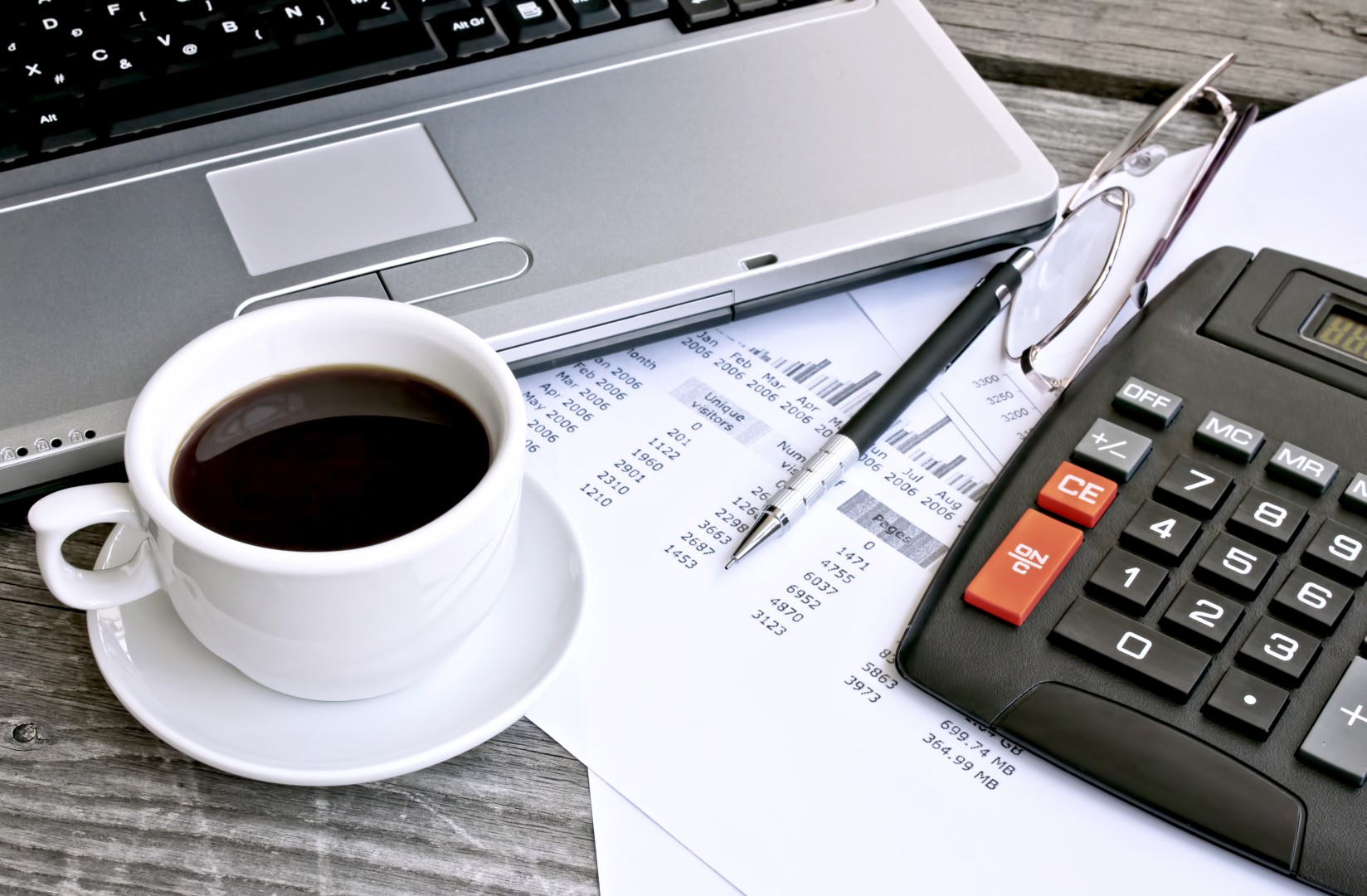How to Keep Receipts Organized for Taxes
June 19, 2018

When your CPA in San Antonio is ready to prepare your taxes, can you provide him with an organized record of your receipts or is everything stuffed into a box for the accountant to figure out on his own?
As a business owner, you already know that you must keep receipts for all your expenses. Receipts for even the smallest outlays will help substantiate your deductions, especially if you happen to get audited. If you want your CPA to be able to use those receipts in the most efficient way, you need to keep them organized. Here are some tips to help you do that:
- As soon as possible, make a notation directly on every business-related receipt specifying what purpose the expenditure served, particularly in the case of expenses such as meals, travel and mileage, which don’t always have clear business-related connections.
- Make physical and/or digital copies of all receipts to have a more permanent record of their existence. Many of today’s receipts are printed with ink that fades quickly. Since it’s advisable to keep receipts for at least 6 years, an additional copy will be indispensable if the original becomes unreadable. Copy or scan each receipt as a JPG or PDF. Then make a digital backup of those files on a USB or external hard drive as extra insurance.
- Create a filing system to store the original receipts. You may want to categorize them by date, project or type of expense, such as grouping all receipts for the Smith account or all February receipts together. If you make paper copies of the receipts, store them separately from the originals.
- Consider a smartphone expense-tracking app such as Expensify or Shoeboxed to photograph and store receipts. These apps can take information directly from the receipts and use them to create expense sheets without you having to re-enter the information. Be sure to annotate the receipts before photographing them.
- Maintain a business calendar such as Outlook to help substantiate activities for which you plan to claim expenses. If nothing else, keep a paper calendar or log book in which you record each day’s activities.
- Choose a system and use it consistently. Scan, copy or photograph all receipts immediately or at the end of each day and store the copies and originals according to your chosen system.
These tips should make tax time easier for you and your CPA! Call 210-366-9430 to learn more about tax preparation by Gonzales Group CPA in San Antonio.
Tags: Accountants San Antonio tx, cpa firm in san antonio tx, CPA in San Antonio Tx, IRS Accountants San AntonioCategorised in: Business Tips, IRS Tips, San Antonio Tx Tips, Tax Info
This post was written by Gonzales Group CPA




